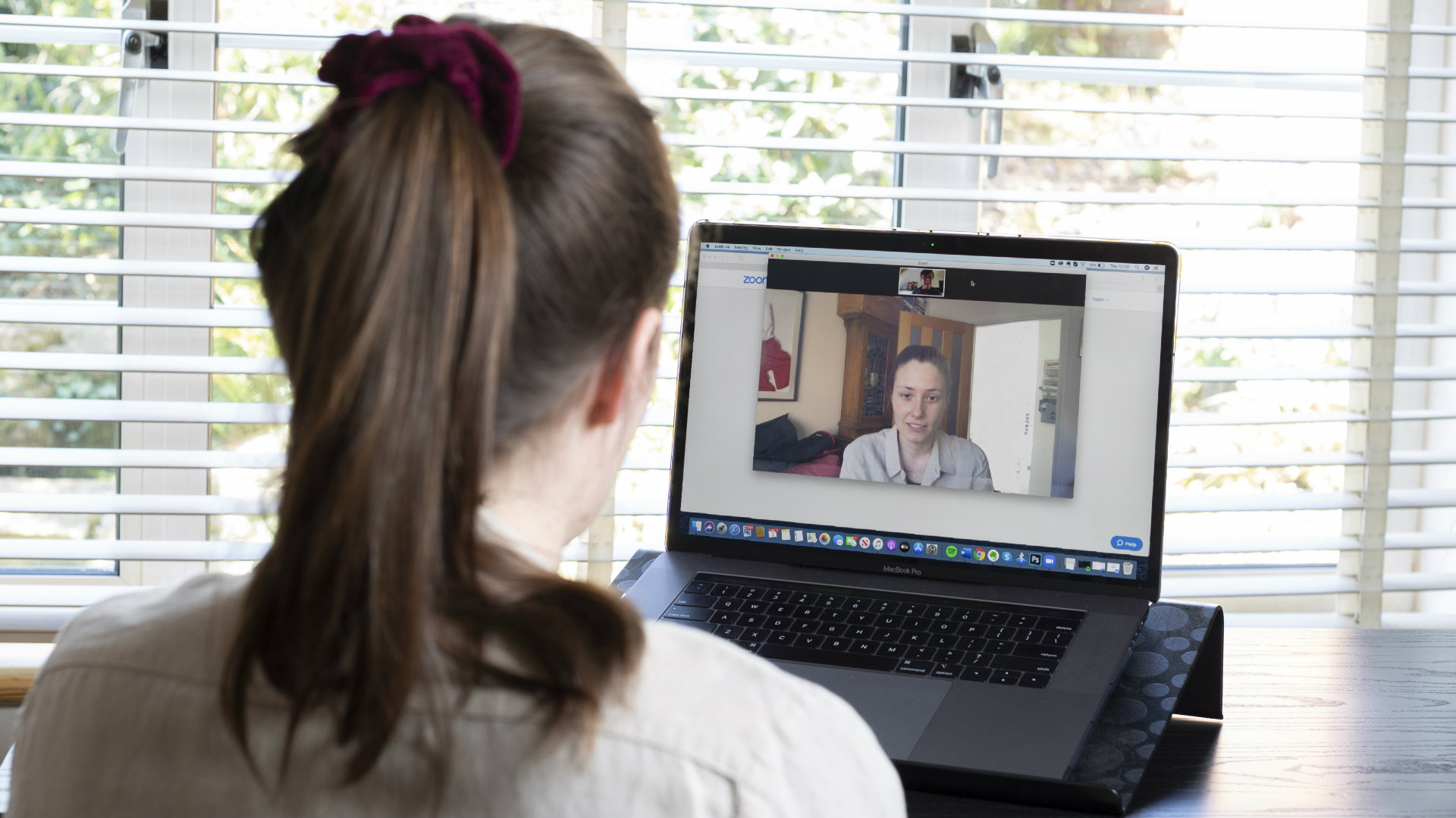The coronavirus pandemic has brought a temporary halt to face-to-face training programmes during lockdown – but prompted experiments with different types of virtual learning including webinars and e-Workshops.
Most people will have heard of webinars but may not know how they differ from e-Workshops – a more personal and friendly experience.
Here’s an easy guide to spell out the differences and introduce you to the pros and cons of e-Workshops.
What is an e-Workshop and how does it compare to a webinar?
Webinars are typically short, lecture-type sessions of up to 90 minutes which can be attended by a large number of participants. They are normally limited to text-based interaction or polls.
An e-Workshop is a virtual classroom, limited to eight to ten participants, and is fully interactive. All participants have their audio and cameras on all the time and can ask questions and participate at any time. The e-Workshop can last a full day – with breaks – allowing participants to do exercises individually or in virtual groups.
How does an e-Workshop compare to a face-to-face workshop?
Like a face-to-face session, the trainer and participants in an e-Workshop can interact in real-time. The trainer can present information, engage the participants in a discussion, assign exercises, and let participants share their screens and present work for group feedback.
The Thomson Foundation has used the break-out room feature of the video collaboration tool, Zoom, to split workshops into group discussions and exercises. If you are using Zoom, opt for a Zoom meeting rather than a webinar format to allow you to use the break-out rooms feature.
The e-Workshop can be used to teach technically complex subjects like mobile journalism (mojo), with Thomson Foundation mojo trainer Glen Mulcahy successfully running “hands-on” e-Workshops three weeks in a row at the Al Jazeera Media Institute.

Pros and cons of e-Workshops
Pros
The advantages of being virtual:
- Participants don't have to be in the same place.
- No travel costs, training venue or catering required.
- Time-efficient, with no travel time to a venue.
A more personal experience:
- Everyone is visible and it feels close up.
- Participants say they feel closer to the trainer than in a face-to-face environment.
The digital dividend:
- The e-Workshop can be recorded and shared.
- Assignments and participation are measurable.
- It’s democratic: the trainer can make sure everyone gets a chance to contribute, not just dominant personalities.
Cons
The technical challenges:
- Reasonable internet bandwidth is needed to take part.
- Participants from different countries can cause issues like time delay (latency) – disrupting conversations.
- Video playback during screen share is sometimes jumpy.
- Audio is optimised for speech so "natural sound" almost vanishes.
The human factor:
- Geographic spread means different time zones. Thoughtful scheduling is required to accommodate a sociable time for all participants.
- Less easy for the trainer to read body language.
- A variety of communication options makes it harder for the trainer to be across all the messages quickly.
Tips for a successful e-Workshop
A protocol for managing conversations:
Set the “rules of engagement” at the start of the course.
Participants should be told how they should communicate with the trainer.
Let the group know whose turn it is to speak by calling out their names.
The trainer should check in regularly with the participants to ensure they remain engaged.
A second screen:
Participants’ smartphones should be used as a second screen, if possible, for easier access to video.
So, trainers should make any videos available for viewing online rather than using, for example, Zoom screen sharing.
In the case of Glen’s mobile journalism courses, participants watched example videos and each other’s work on their mobiles rather than screenshare.
Make it interactive:
Ensure everyone gets a chance to introduce themselves at the beginning and to share what they want to get out of the course.
Use “ice-breakers”; make it engaging.
Be natural. This is more TV than theatre.
Include practical exercises and group feedback.
Trainers should use a blank document or PowerPoint as their whiteboard or flipchart.
Outside the e-Workshop:
If the course is spread out over days or even weeks, everyone should keep connected together through a WhatsApp group or equivalent.
Trainers should know their way round the platform they’re using – or have adequate tech support – to avoid wasting time solving tech problems during the e-Workshop.
Necessity is the mother of invention, as the saying goes, and has accelerated the use – and types – of virtual learning during the COVID-19 pandemic. As we get better at it, we assume the e-Workshop will continue to be an attractive option for international courses and be used more regularly than we would have once imagined.